SHT30 Temperature & Humidity Sensor Features
SHT30 is a digital temperature and humidity sensor. This module uses I2C communication and the 2 SCL and SDA pins are used to communicate with this sensor. This sensor is ideal for temperature and humidity sensing.
Temperature measurement range: 0°C to 65°C/ Accuracy ±0.3°C
Humidity measurement range: 0-100% RH/ Accuracy ±3% RH
You can download the datasheet of this module here.
SHT30 Temperature and Humidity Sensor Pinout
This sensor has 4 pins:
- VCC: Module power supply –2.4 V to 5 V
- GND: Ground
- SDA: I2C data
- SCL: I2C clock
You can see pinout of this module in the image below.
Required Materials
Hardware Components
Software Apps
Interfacing SHT30 Temperature and Humidity Sensor with Arduino
Step 1: Circuit
The following circuit shows how you should connect Arduino to SHT30 module. Connect wires accordingly.
Step 2: Code
Download the SHT30 sensor library from the link below and then install. (It is the same as SHT31)
Tip
If you need more help with installing a library on Arduino, read this tutorial: How to Install an Arduino Library
Step 3: Code
Upload the following code to your Arduino. This code displays the temperature and humidity in the serial monitor. You can also use the Serial plotter to draw graphs.
/*
SHT30 Temperature & Humidity Sensor
modified on 13 Oct 2020
by Mohammad Reza Akbari @ Electropeak
Home
Based on Library Example
*/
#include "Wire.h"
#include "SHT31.h"
uint32_t start;
uint32_t stop;
SHT31 sht;
void setup()
{
Serial.begin(115200);
Wire.begin();
sht.begin(0x44); //Sensor I2C Address
Wire.setClock(100000);
uint16_t stat = sht.readStatus();
Serial.print(stat, HEX);
Serial.println();
}
void loop()
{
sht.read();
Serial.print("Temperature:");
Serial.print(sht.getTemperature(), 1);
Serial.print("\t");
Serial.print("Humidity:");
Serial.println(sht.getHumidity(), 1);
delay(50);
}
After running the code, you will see the following image in the serial output.
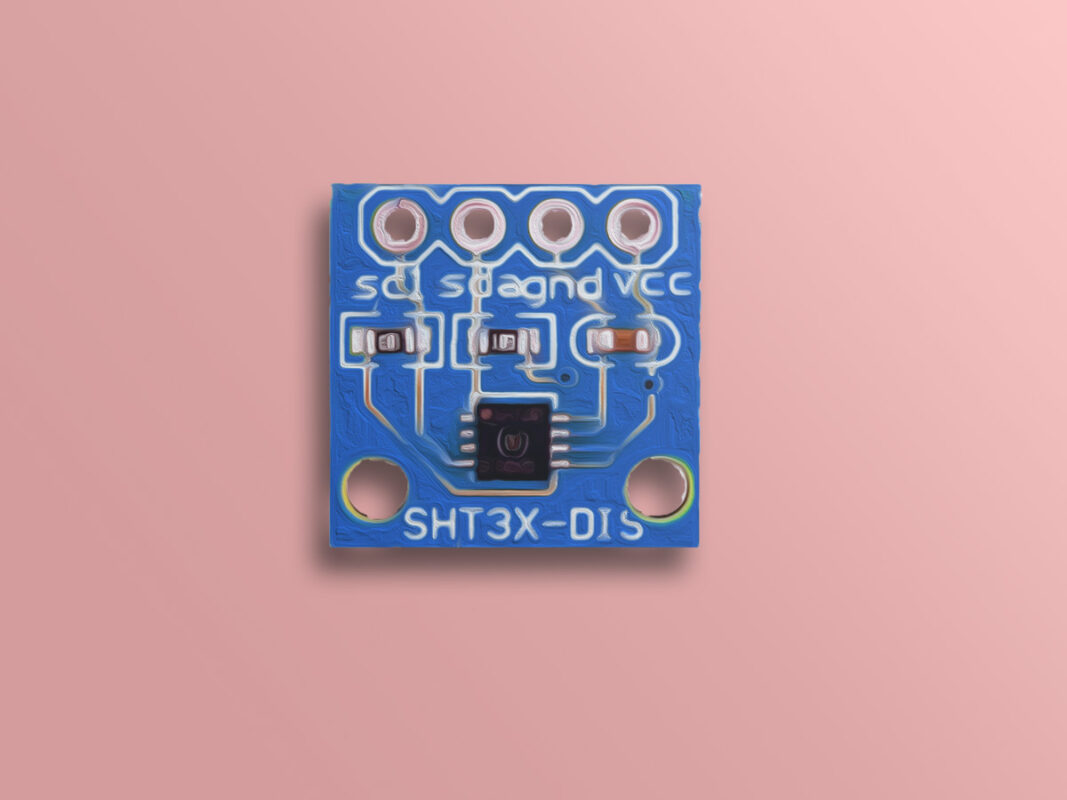
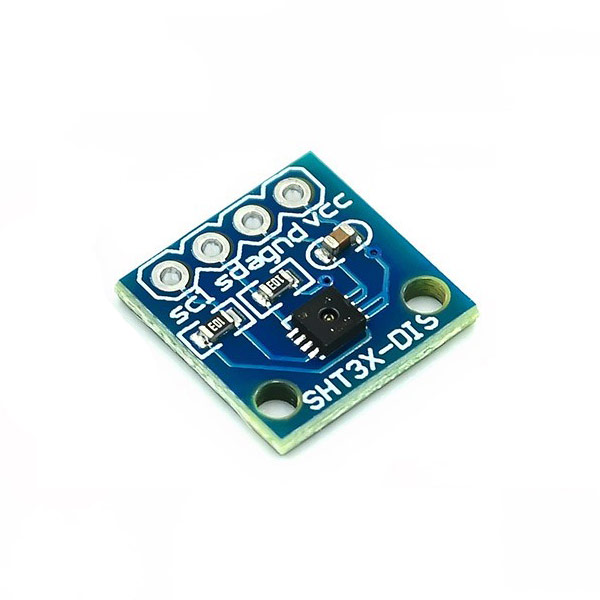
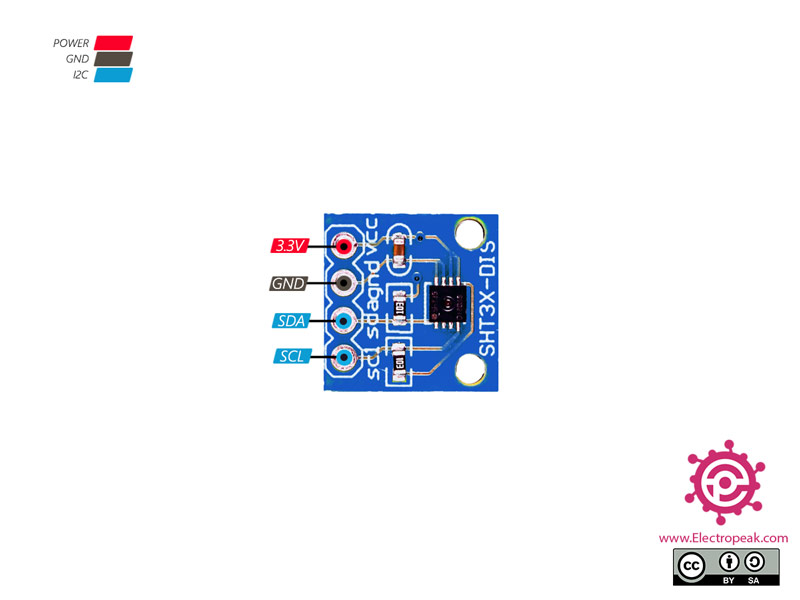
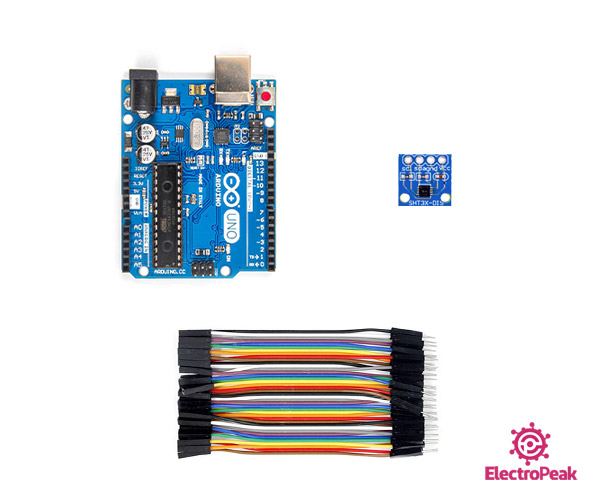
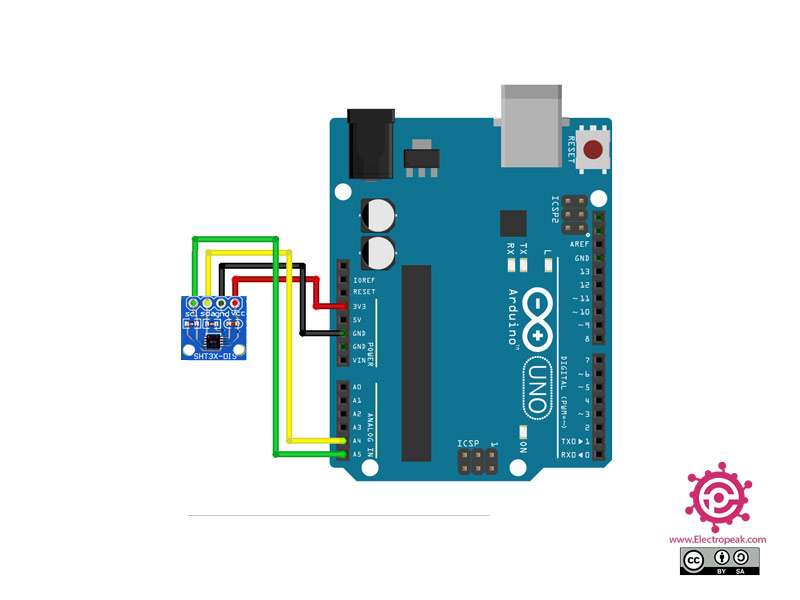


Comments (2)
It worked from the first run.
Thank you for your tutorial.
You’re most welcome! We’re so glad it was helpful for you.